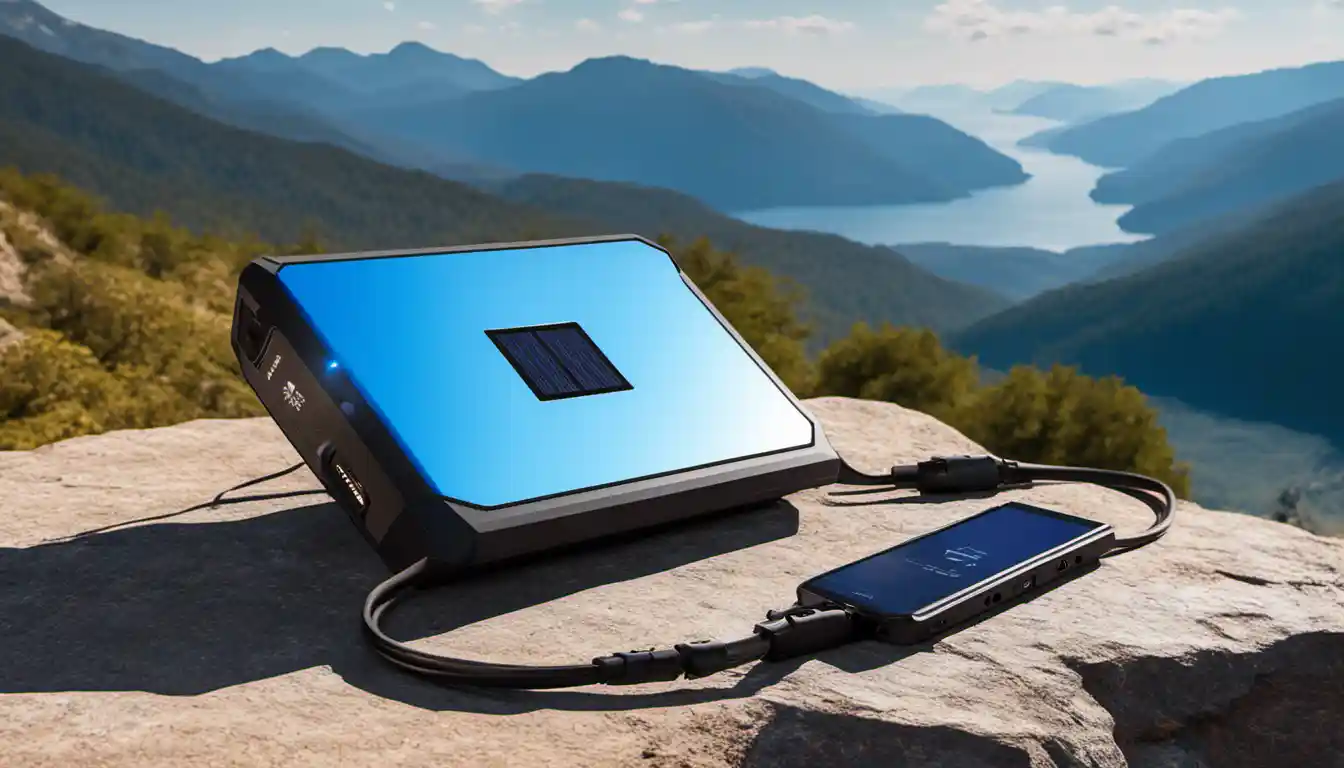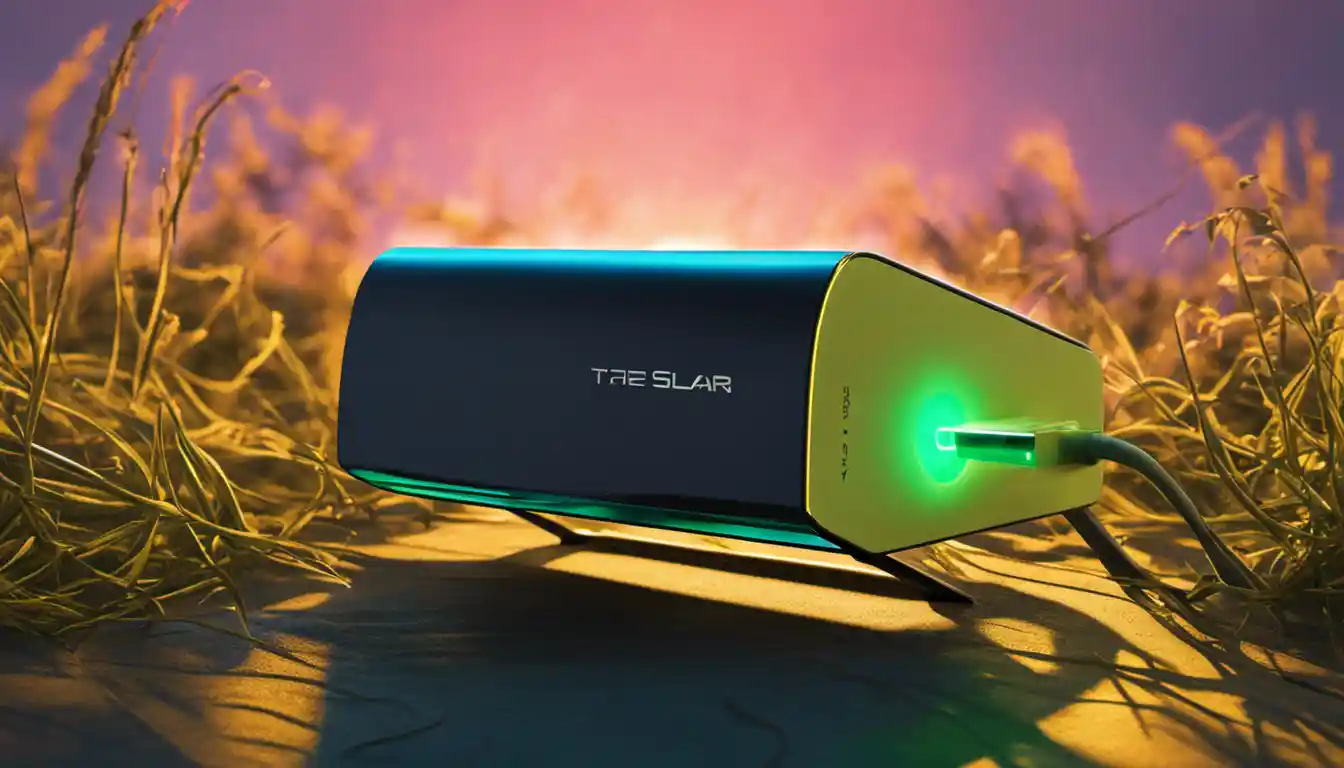


To use a solar charger, firstly, expose its solar panels to direct sunlight. Once the charger has absorbed enough solar energy and is fully charged, connect it to your device using a USB cable or the connector that is compatible with your device. Ensure your charger is under sunlight during charging for continuous power supply.
Solar chargers come as a beacon of sustainable energy, harnessing the gigantic, limitless power source that is our sun. Whether you’re backcountry camping, facing a power outage, or simply trying to go green, understanding how to use a solar charger will empower you towards energy independence.
A solar charger is a portable device that uses solar energy to provide power to other devices. The charger converts sunlight into electricity using a set of photovoltaic cells (solar panels). Feel free to delve deeper into the technological aspects right here: what is a solar charger?
In layman’s terms, think of the solar charger as a mini solar power plant. It absorbs sunlight, converts it into DC electricity, which is then stored in a battery. This power can be used later to charge various devices, including your mobile phones and laptops.
Not every solar charger is created equal. There are different types, each suitable for different uses and environments.
Portable solar chargers are smaller, generally the size of a tablet or a notebook, and can be folded out to capture sunlight. They’re popular among travelers and hikers. On the other hand, fixed chargers are larger panels affixed to rooftops or stands, capturing sunlight over longer periods.

Picking the right charger depends on several factors including power needs, portability, and the type of devices you wish to charge. High-capacity solar chargers are great for powering larger devices, while smaller and more portable ones are suitable for specific devices like smartphones.
Now that we’ve set the stage, let’s walk through just how to use a solar charger. Remember, safety first!
Each solar charger will have its own specific instructions for optimal operation. However, the basics usually remain the same.
Some chargers can charge from a wall outlet. This is useful if you need to pre-charge your battery before heading out.

Chargers usually have an LED light indicator to signify a full battery. The light often changes color or blinks.
Don’t use a solar charger in the rain or other wet conditions unless it’s specified as waterproof. Keep it clean of dust and dirt, and avoid dropping or severely impacting it if possible.
Here we are folks, focusing on the question that often pops up: how to use a solar phone charger?
Depending on the capacity of the solar charger and the battery capacity of your phone, a solar charger could charge your phone multiple times. Always check the battery capacity on both to get an accurate estimate.
It’s generally better to let your device charge fully before using it. However, if you need to use it, be aware that it will slow down the charging process.
 Maintaining Your Solar Charger" />
Maintaining Your Solar Charger" />
To keep your solar charger in top condition, clean it regularly and avoid dropping or impacting it. Always dry it off properly after cleaning or any exposure to moisture.
If your solar charger is not charging your devices, check to ensure it’s getting enough sunlight and that the device is properly connected to the charger.
When selecting a solar charger, take note of the warranty and read the terms and conditions carefully to understand what it covers.
The efficiency of solar chargers depends on the amount of sunlight they can absorb. Weather conditions, like cloud cover or pollution, can also affect performance.
With advancements in technology, the future of solar chargers is bright. These chargers are already becoming more efficient and easily accessible in today’s fast-paced world. By investing in one and understanding how to use a solar charger efficiently, you can cultivate a more sustainable lifestyle while enjoying the sweet freedom of energy independence!
Elliot has 20+ years of experience in renewable technology, from conservation to efficient living. His passion is to help others achieve independent off-grid living.
SolVoltaics is an affiliate and an Amazon Associate, we earn from qualifying purchases - at no extra cost to you.